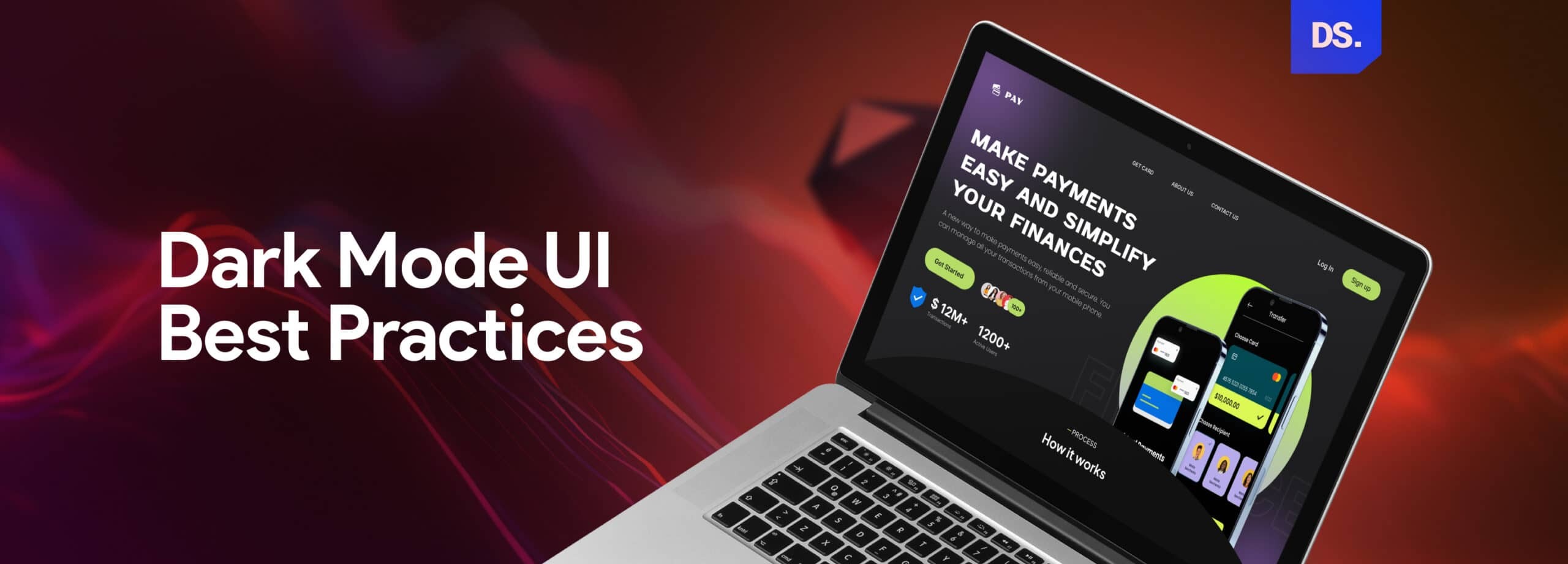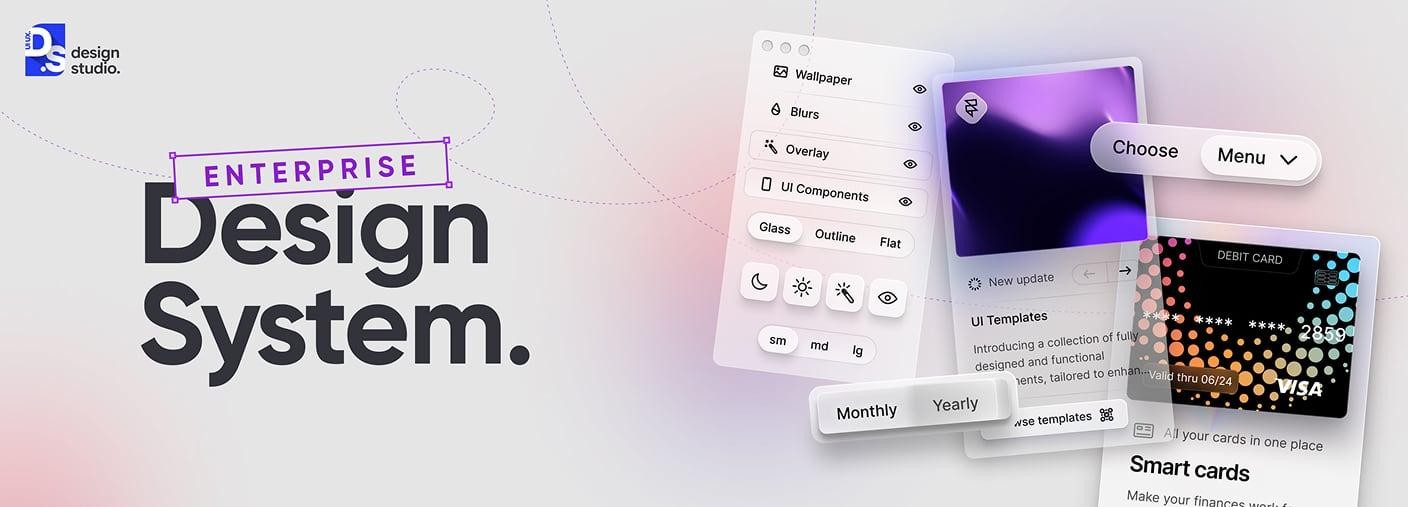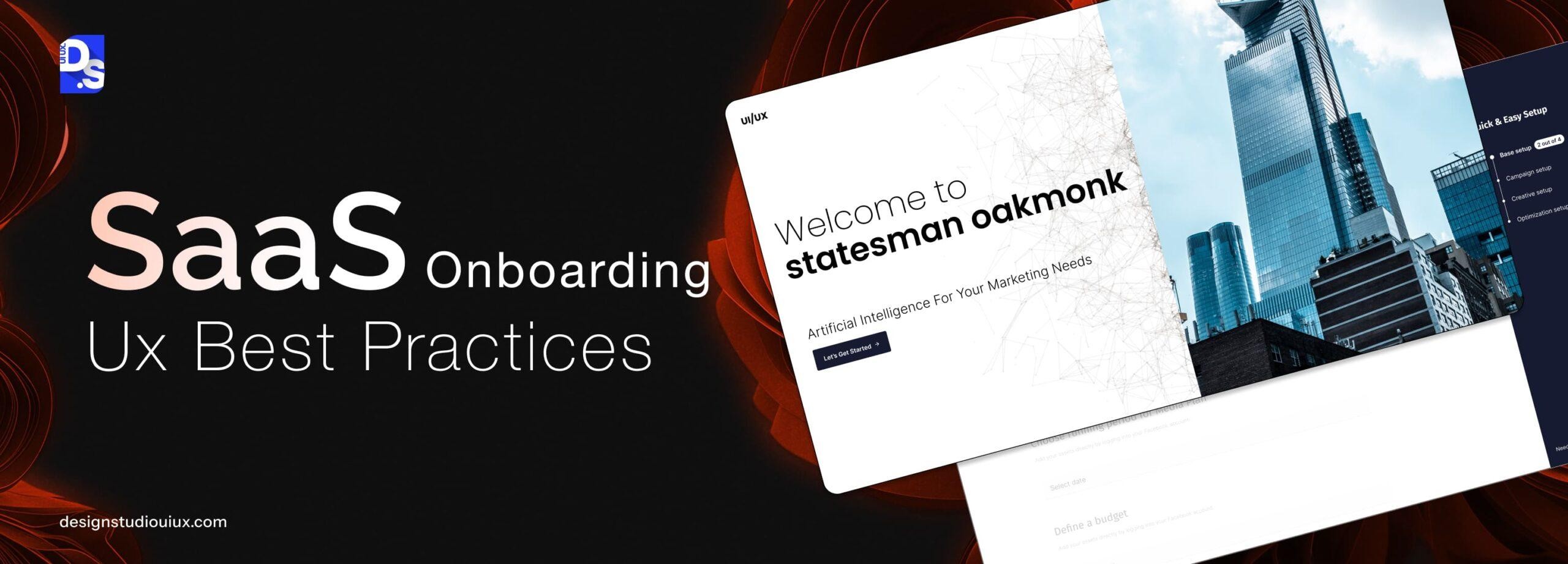10 Dark Mode UI Best Practices & Principles for 2025
Quick Summary
Best practices for dark mode design include using desaturated colors like dark grey instead of high-contrast blacks, and choosing images that remain clear in low light without straining the eyes.
FAQs on Dark Mode UI Design
Is dark mode actually better for your eyes?
It really depends on where you’re sitting and how long you’re looking at a screen. When it’s dark around you, that softer interface just feels easier — kind of calming. But in bright daylight, dark mode can make you squint a bit. Most people just switch it on or off when it feels right. There’s no golden rule here, just personal comfort.
Does dark mode really help save battery?
A little bit, yes. Phones with OLED screens use less energy when the pixels are dark. But if your device has an LCD screen, you probably won’t see much of a change. It’s more of a nice side effect than a big energy hack.
Can I just flip my colors to make a dark mode?
It sounds easy, but no. When you just invert colors, everything feels wrong — the balance, the mood, even how buttons look when you tap them. Real dark mode takes a separate palette, some testing in different lights, and a bit of restraint. It’s about feel, not just colors.
Is dark mode comfortable for everyone?
Not really. Some folks, especially with mild vision issues like astigmatism, say light text on a dark screen feels blurry. That’s why it’s smart to let users choose. Give both options and let them stick with whatever feels easier on their eyes.
When is dark mode actually worth adding?
If your app keeps people on the screen for hours – think reading, streaming, or design tools — it’s worth it. It makes the experience softer and less harsh. But if it’s a quick-use app, maybe skip it. The key is to add dark mode because it helps people, not just because it’s trendy.





